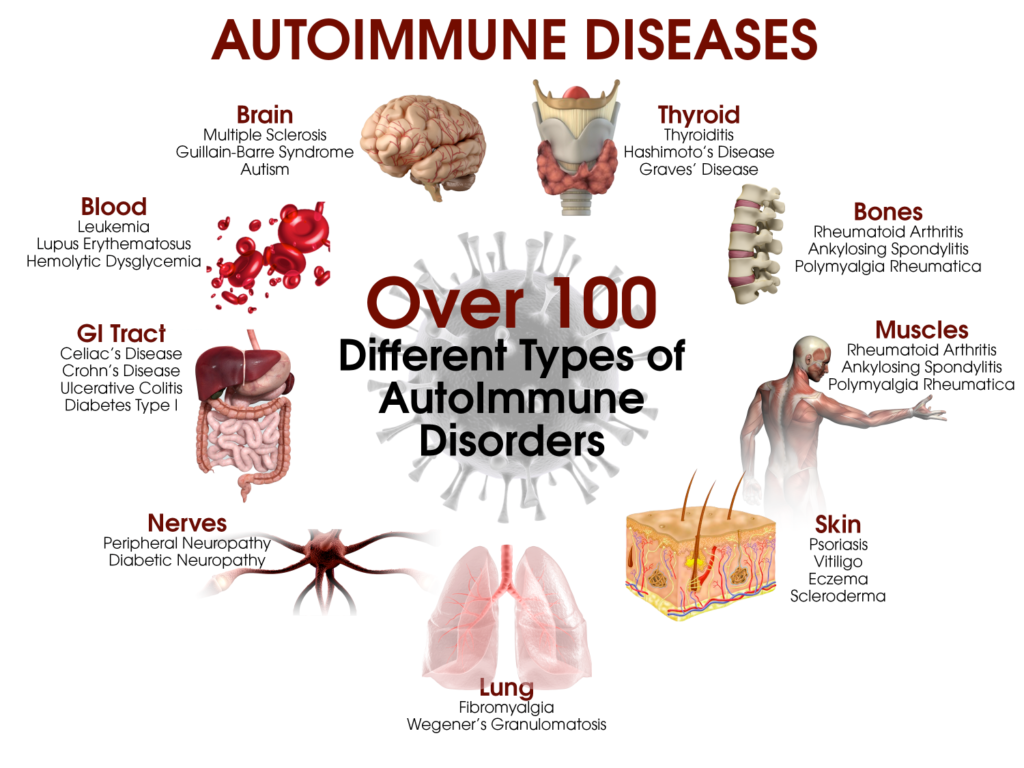
Neuropathy is a condition that affects the nerves, causing them to become damaged or dysfunctional. The most common symptom of neuropathy is pain, which can range from mild to severe. Other symptoms may include numbness, tingling, weakness, and loss of sensation. Neuropathy can be caused by a variety of factors, including diabetes, injury, infection, and certain medications. In many cases, the exact cause of neuropathy is unknown.
Neuropathy can significantly impact a person’s quality of life, making it difficult to perform everyday activities. For example, patients with neuropathy may have difficulty walking, dressing, or bathing. They may also be at risk for falls and other accidents. In addition, neuropathy can cause emotional distress and problems with sleep. As a result, patients with neuropathy often require special care and assistance.
Unfortunately, there is no cure for neuropathy, and treatment options are limited. However, there are a few treatment methods that can help to relieve symptoms and improve quality of life. Physical therapy can help patients to stretch and strengthen muscles, while massage can reduce tension and pain. Additionally, low-impact exercises like yoga and Tai Chi can improve flexibility and balance. Finally, medications like antidepressants and anticonvulsants can help to manage pain levels.
While there is no cure for neuropathy, stem cell therapy is a potential treatment option that may help to improve symptoms. Stem cells are unique in their innate ability to develop into various types of cells, including nerve cells. When injected into the site of nerve damage, stem cells may help to support the regeneration of damaged tissue. In addition, stem cells may help to reduce inflammation and can improve blood flow to the area. While stem cell therapy is still in the preliminary stages of research, it holds promise as a potential treatment for neuropathy.
A study, A preliminary report on stem cell therapy for neuropathic pain in humans, looked into how stem cell therapy could improve the outcome for patients suffering from neuropathy.
Results of the Study
Mesenchymal stem cells have been shown to reduce neuropathic pain in animal models. The researchers were interested in seeing if the same treatments would improve patient outcomes. Ten female patients were recruited for the study. Patients had been suffering from the condition for anywhere from 5 months to more than six years. Six patients had sharp neuralgic pain, seven patients had burning pain, and six had aching pains.
This study is the first reported study of treating human neuropathic pain with stem cells in the peripheral nervous system. 10 subjects who were suffering from neuropathic trigeminal pain underwent liposuction, and stromal vascular fraction was resuspended in saline. The resulting stem cells were then injected into the areas where patients were experiencing pain.
This study investigated if autologous MSC injections could reduce human neuropathic pain and evaluated the safety of the procedure. The outcome was measured by pain intensity from 0-10 and daily dosage of antineuropathic pain medication. Patients were reviewed for safety evaluation for any clinical signs of facial nerve paresis, trigeminal nerve deficit (paresthesia, dysesthesia), infection, and unusual swellings or lesions at the areas where the stem cells were administered.
The results of the study were extremely promising. No subject showed any side effects from stem cell therapy. Patients did not experience swelling or lesions at the site of the treatment. After six months, five patients had reduced their need for antineuropathic medication and had lower pain intensity scores.
The mean pain score for the group before receiving stem cell treatment was 7.5 and had decreased at six months to 4.3. The therapeutic action of stem cells was typical of other treatments, with two non-responders and others reporting varying degrees of mild, moderate, and exceptional pain reduction.
The majority of subjects reported positive effects from stem cell therapy, including lowered antineuropathic medication dose and improved quality of life with fewer drug side effects. One subject had excellent responses, including the complete recovery tissue loss caused by previous botox injections.
Currently, there is no cure for neuropathic pain, and available treatments are often inadequate. This study provides evidence that stem cell therapy may be a viable option for treating neuropathic pain. Further research is needed to determine the optimal dose and frequency of injections, as well as the long-term efficacy of this treatment.

